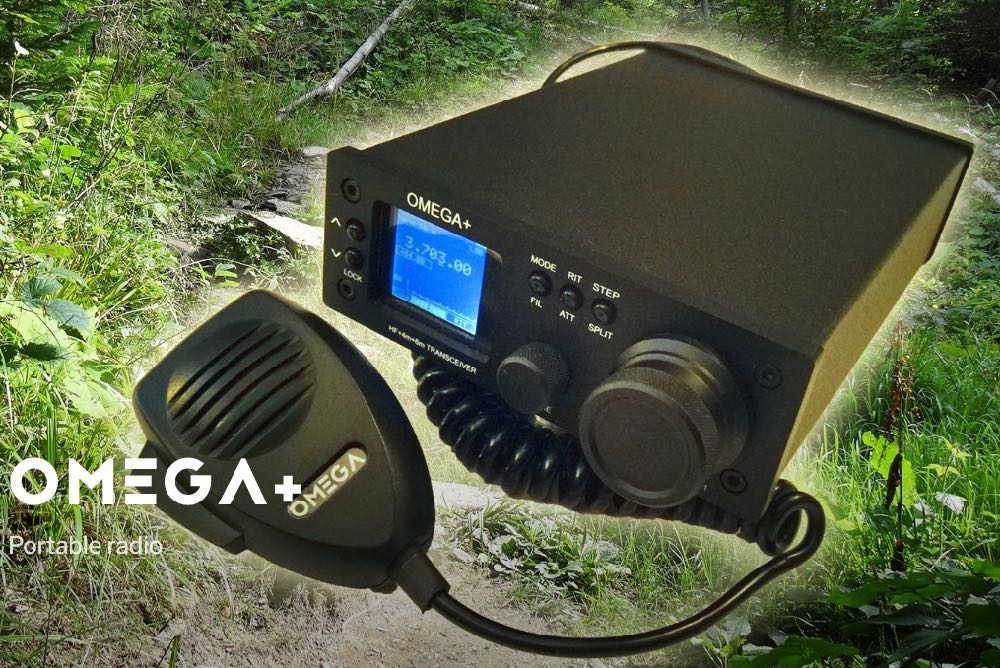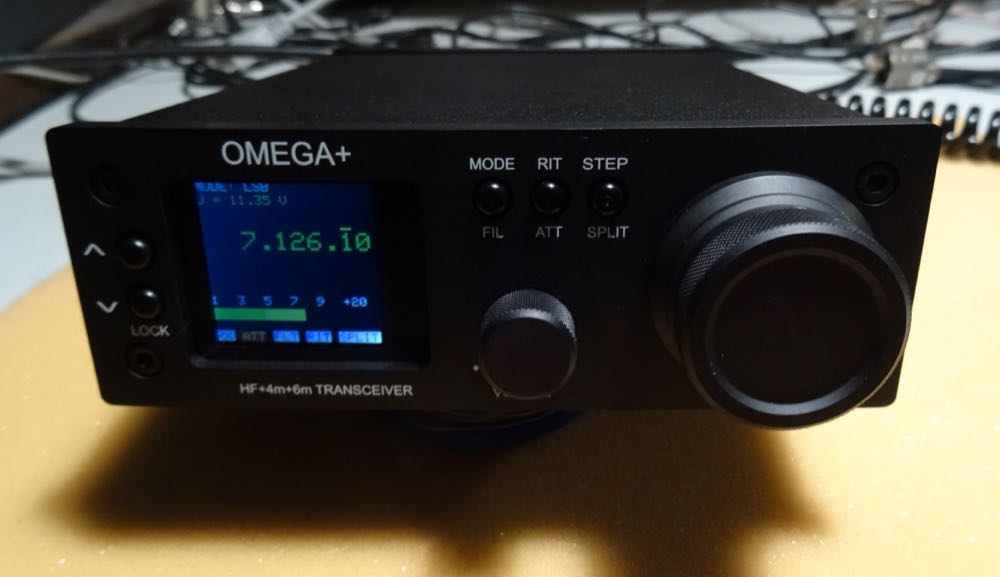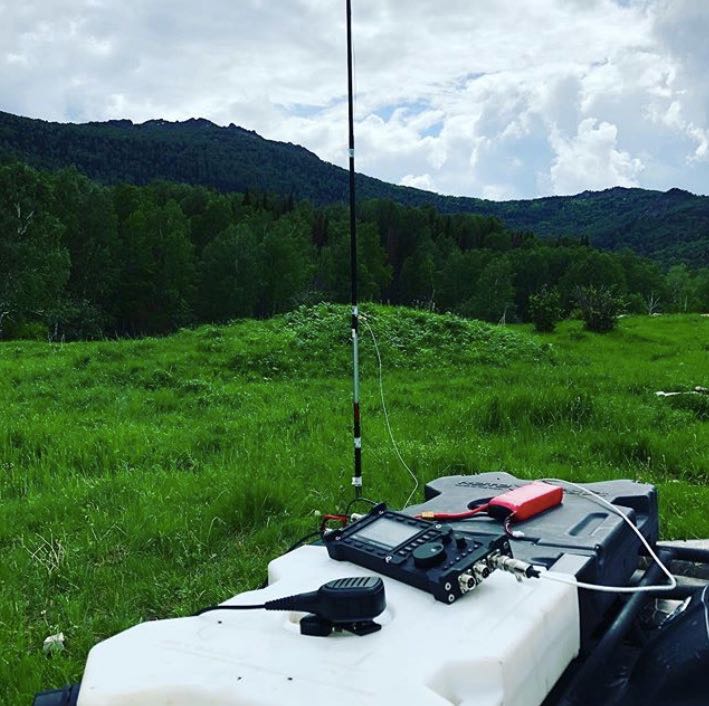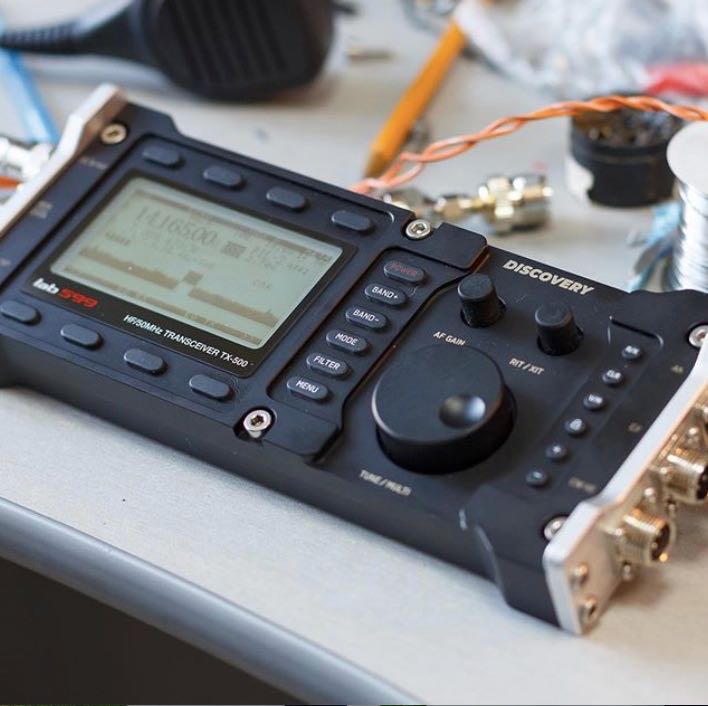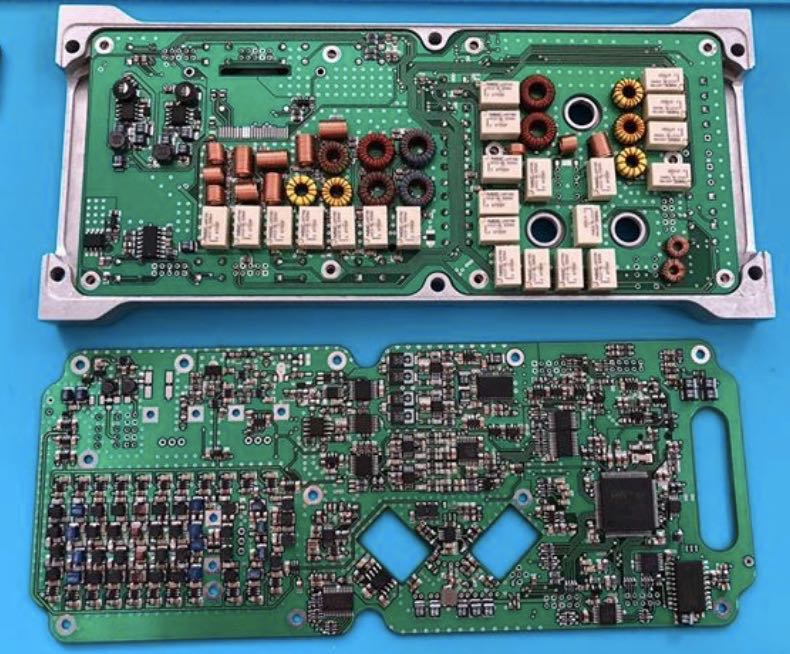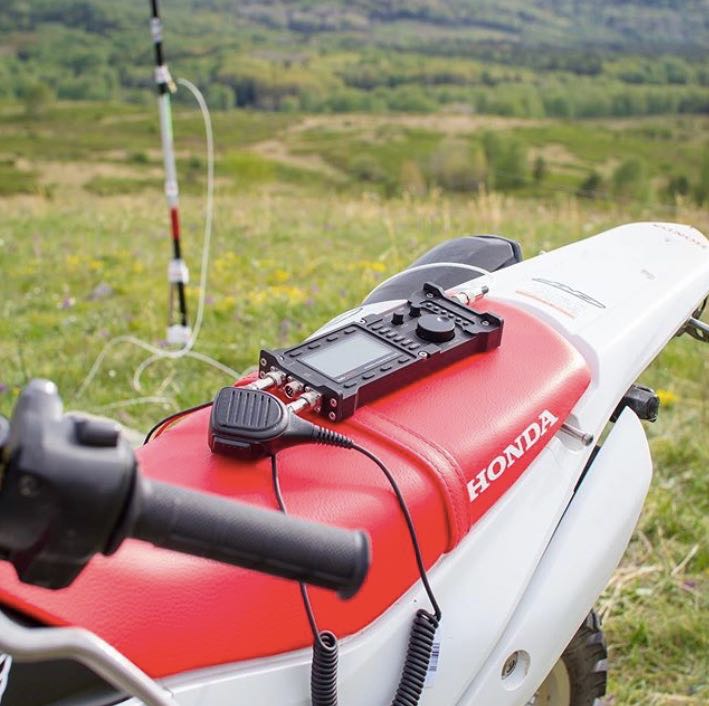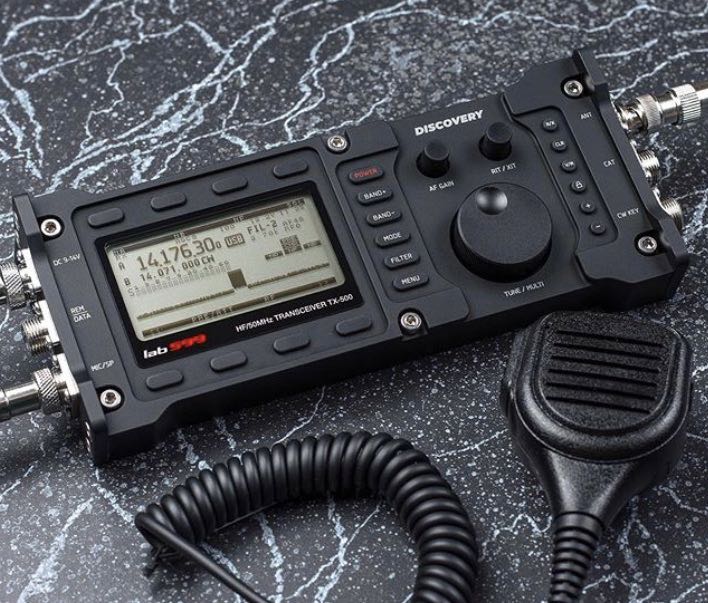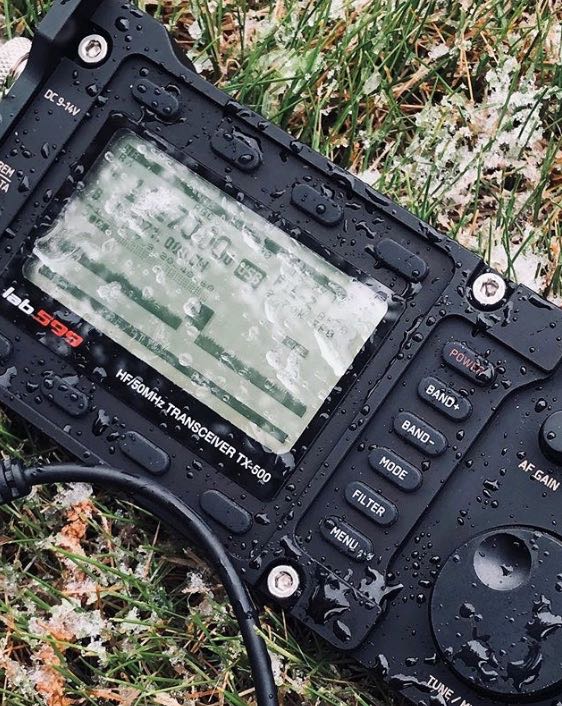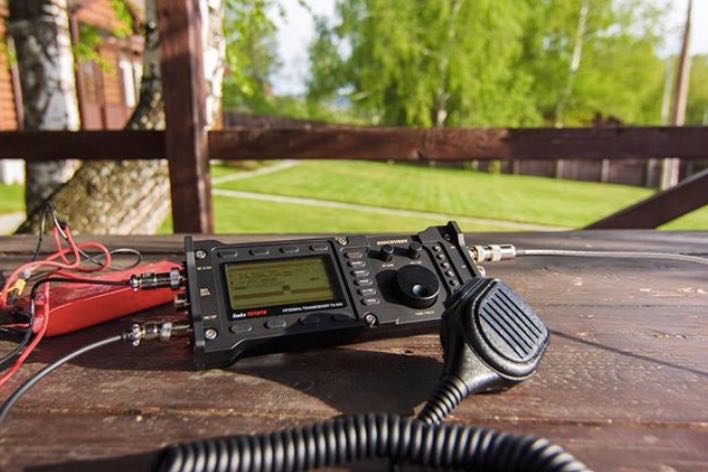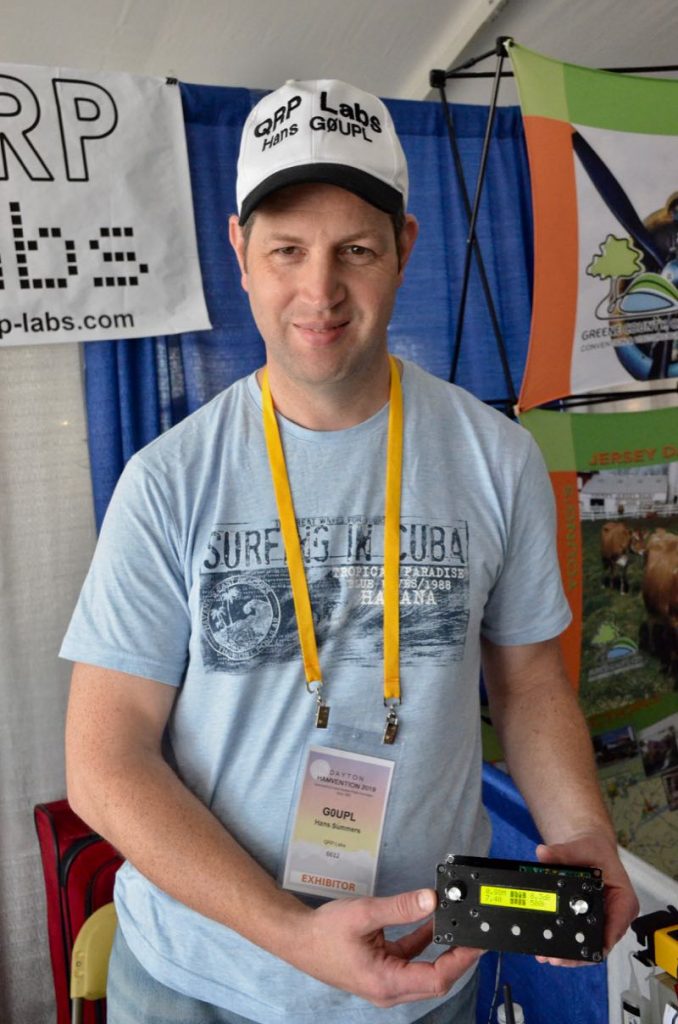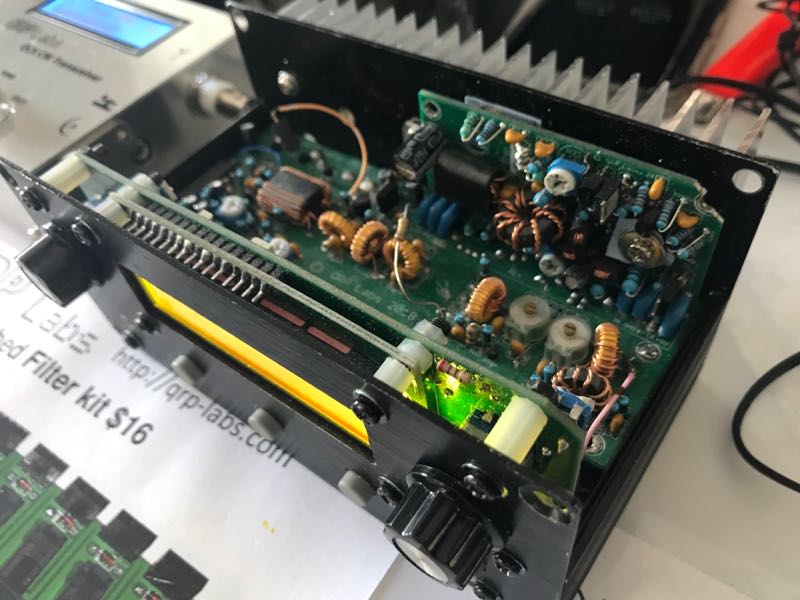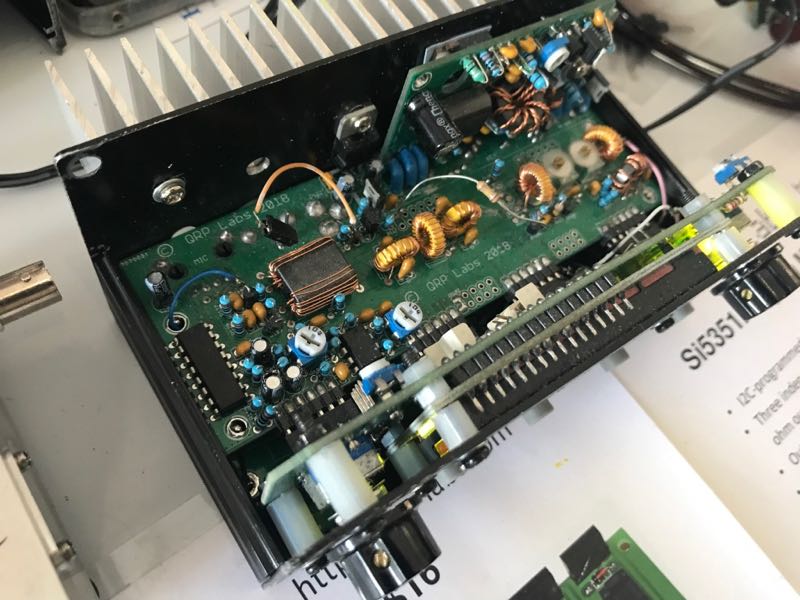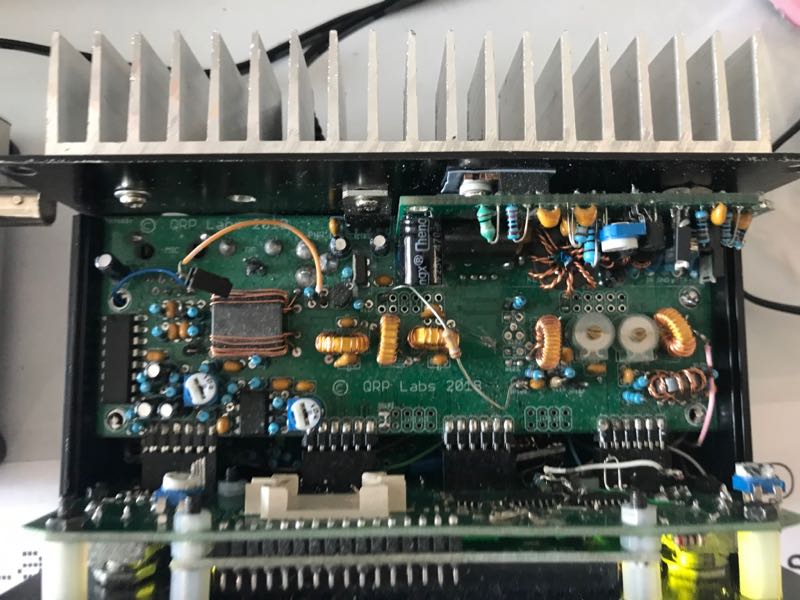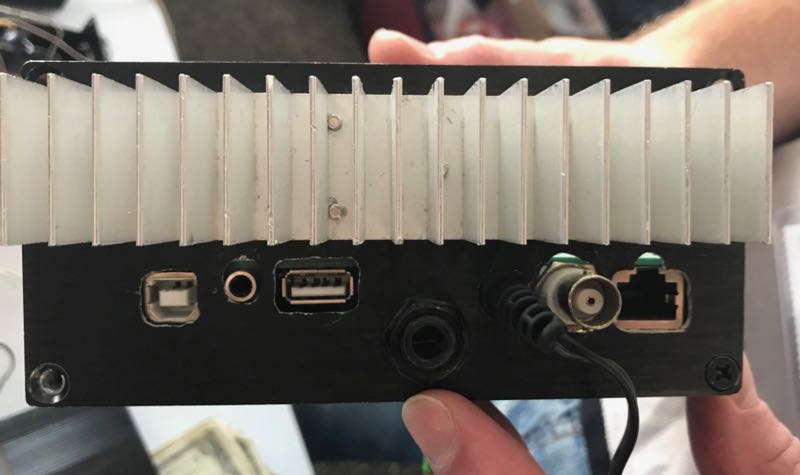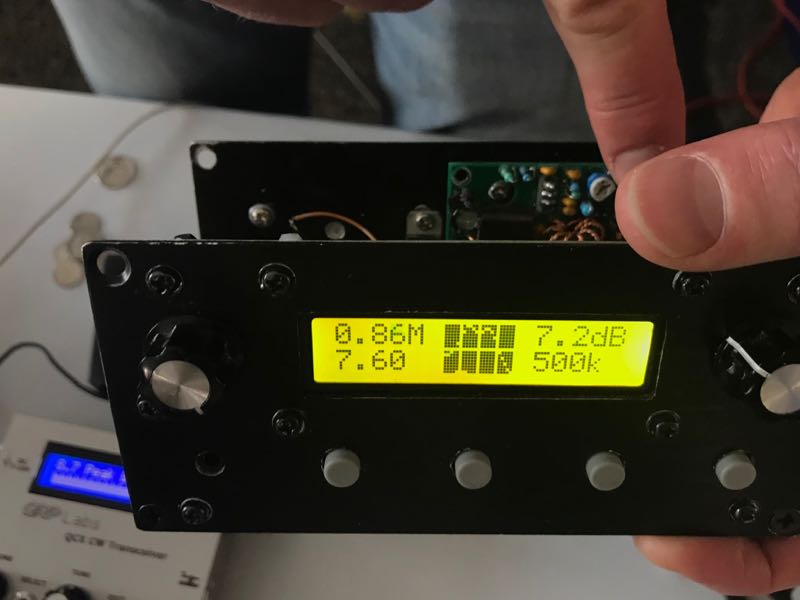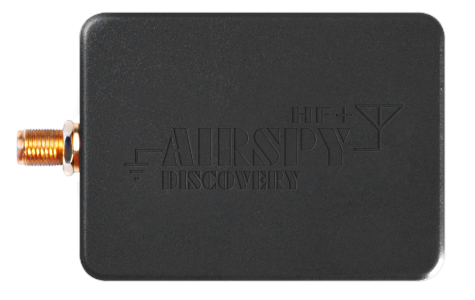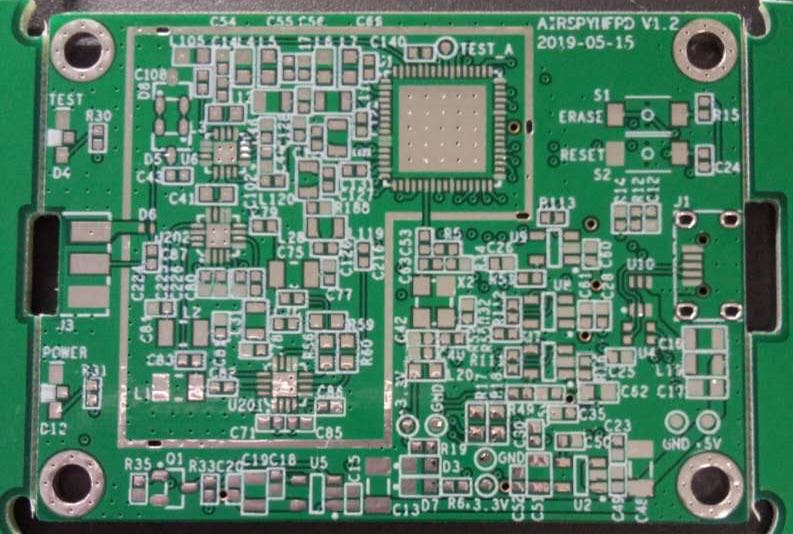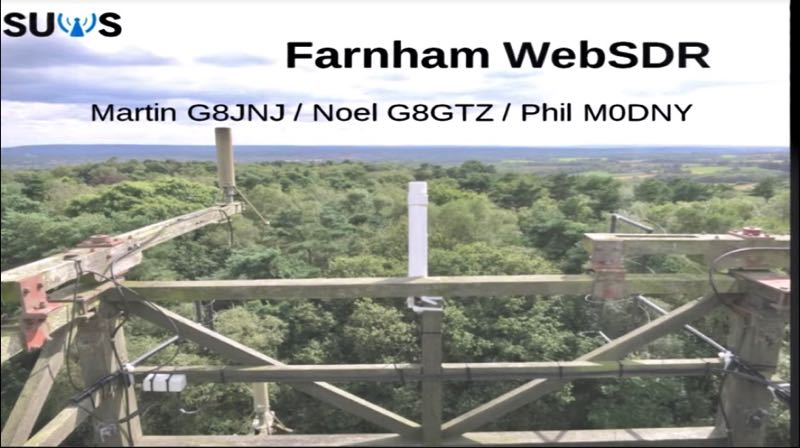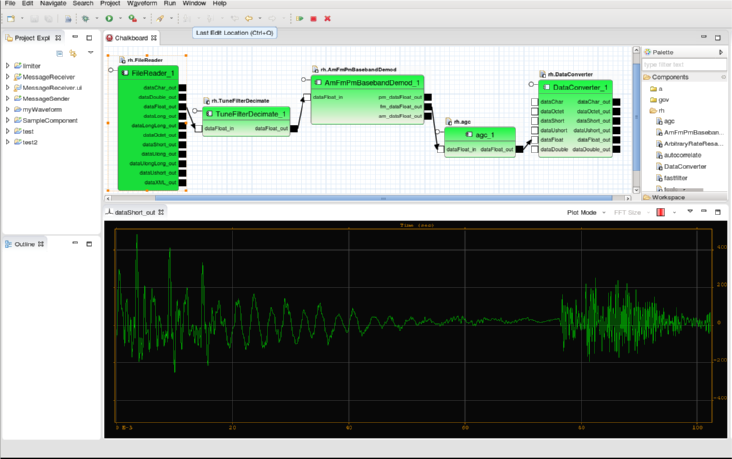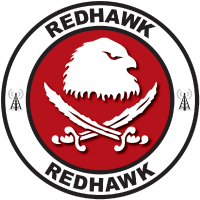Many thanks to SWLing Post contributor, Paul Evans (W4/VP9KF), who notes another affordable QRP transceiver on the market: the Omega +.
According to the Omega + website, it appears there are three configurations/versions:
- 1 band – basic (up to 30 MHz)
- 2 bands (50 / 70 MHz)
- 10 bands (160/80/60/40/30/20/17/15/12/10m)
Notes, Specifications and Features
The following details were lifted from this product page and reference the 10 band version of the Omega + (translated from Polish via Google Translate).
Omega + – 10 band QRP transceiver with installed S-meter, power meter, CW monitor and standard quartz filter.
Transceiver fully launched by producers Lukasza SQ7BFS and Pawla SP7NJ.
The front and rear TRX wall in military color, the remaining part of the housing black (in the picture is presented the whole black version).
Rx [MHz]: 0.100 – 72.000
Tx [MHz]:
- 1.800-2.000
- 3.500-3.800
- 5.100-5.500
- 7.000-7.200
- 10.100-10.150
- 14.000-14.350
- 18.068-18.168
- 21.000-21.450
- 24.890-24.990
- 28.000-30.000
Modes:
- USB
- LSB
- CWU
- CWL
Antenna connector: SO-239
Working temperature range: -10 ° C to + 50 ° C;
Power supply: 11 – 14V DC
Power consumption
- Tx Max. Power: 1.6A
- Rx: 0.26A
Dimensions: (W × H × D) 120x40x180 mm
Weight (approx.): 800g
Output power: (at 13.8V DC)> 6W
Sensitivity: 0.16?VPackage includes:
- Omega + 10 band transceiver in a black-green (military) enclosure
- microphone
- power cord
- adapter for an external speaker
The listed price is 1,200 Poland zloty (roughly $321 US).
Videos
The Omega + in the WARD Contest 2017:
Click here to view on YouTube.
Here’s a video showing how (impressively) strong the Omega + chassis is:
Click here to view on YouTube.
For more product details, check out the Omega + website.
Our Polish-speaking readers may be able to add more details or clarify/correct anything above that may not have been correctly translated. Please feel free to comment!
Again, Paul, many thanks for the tip!
Do you enjoy the SWLing Post?
Please consider supporting us via Patreon or our Coffee Fund!
Your support makes articles like this one possible. Thank you!

